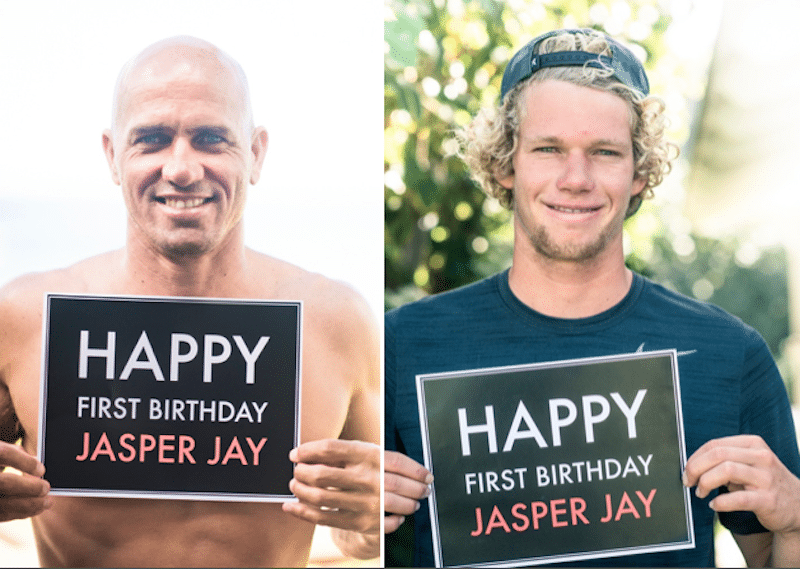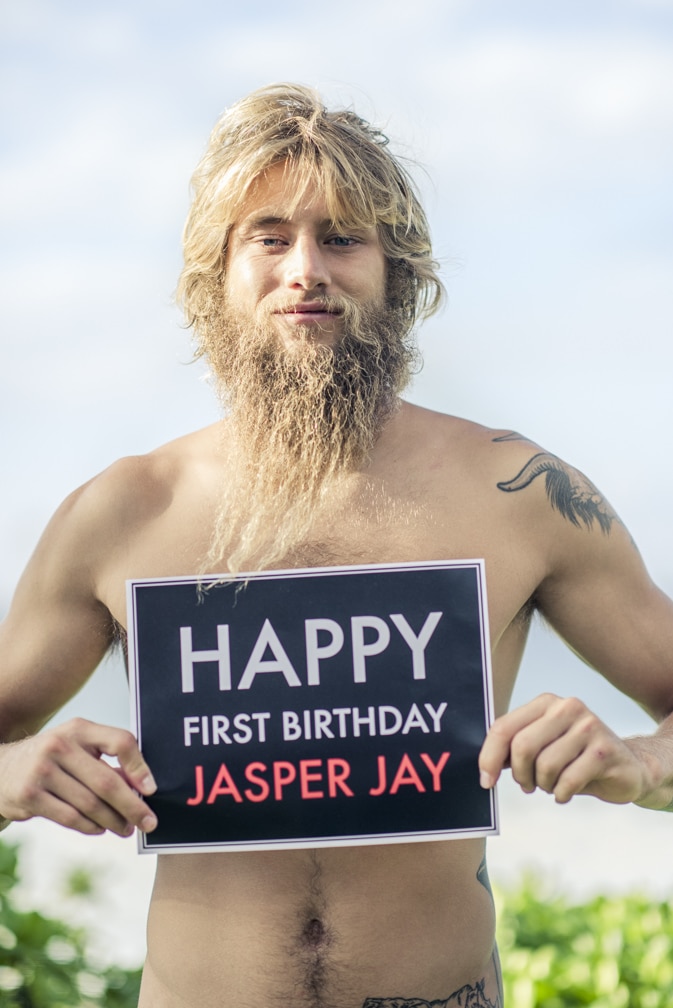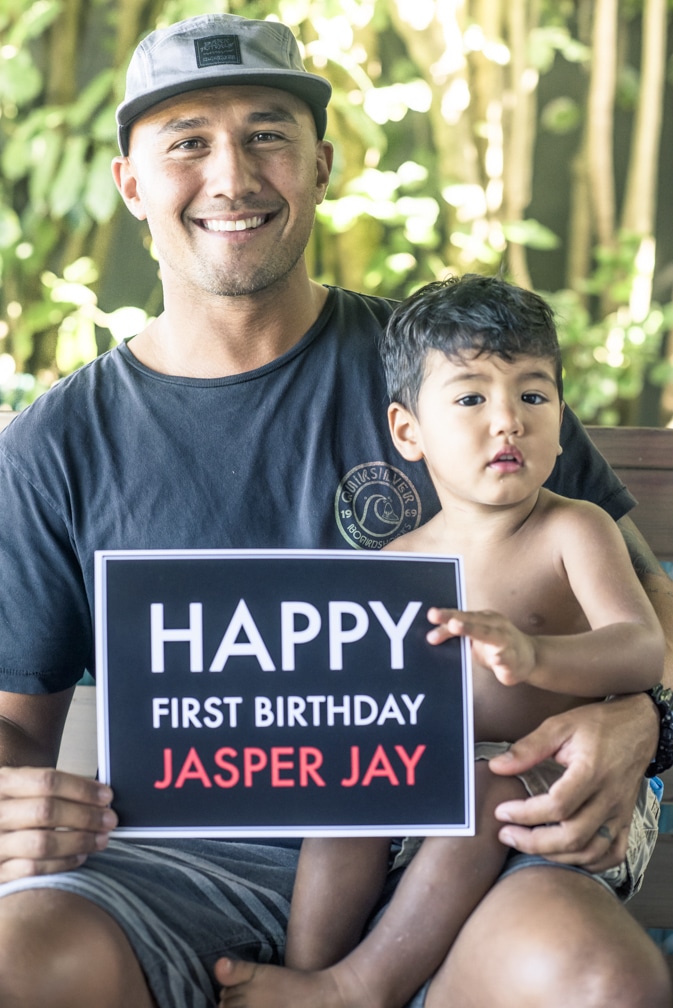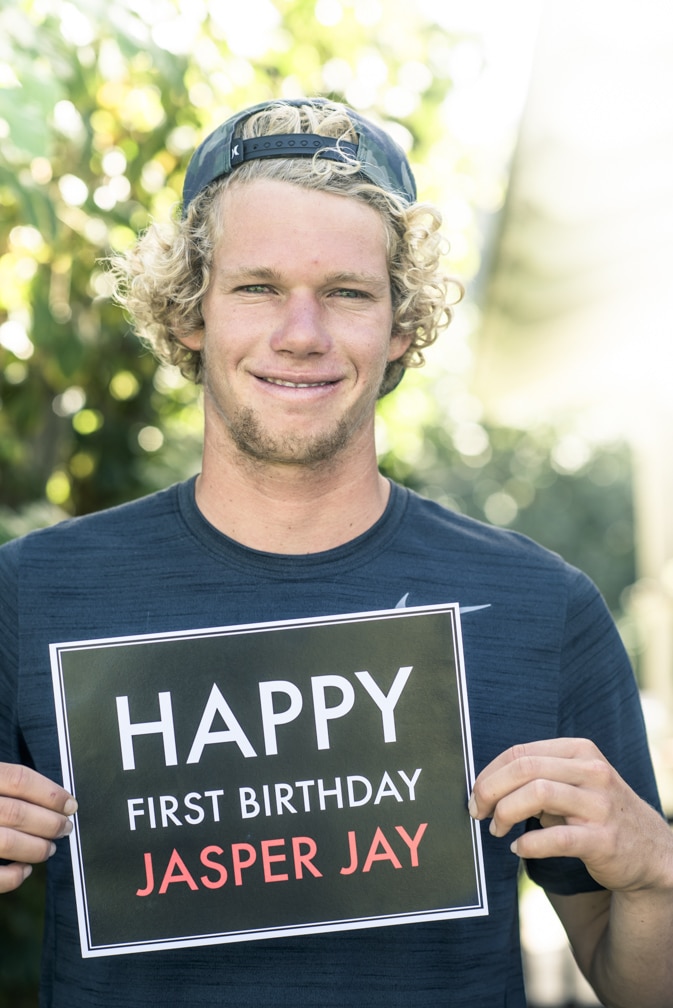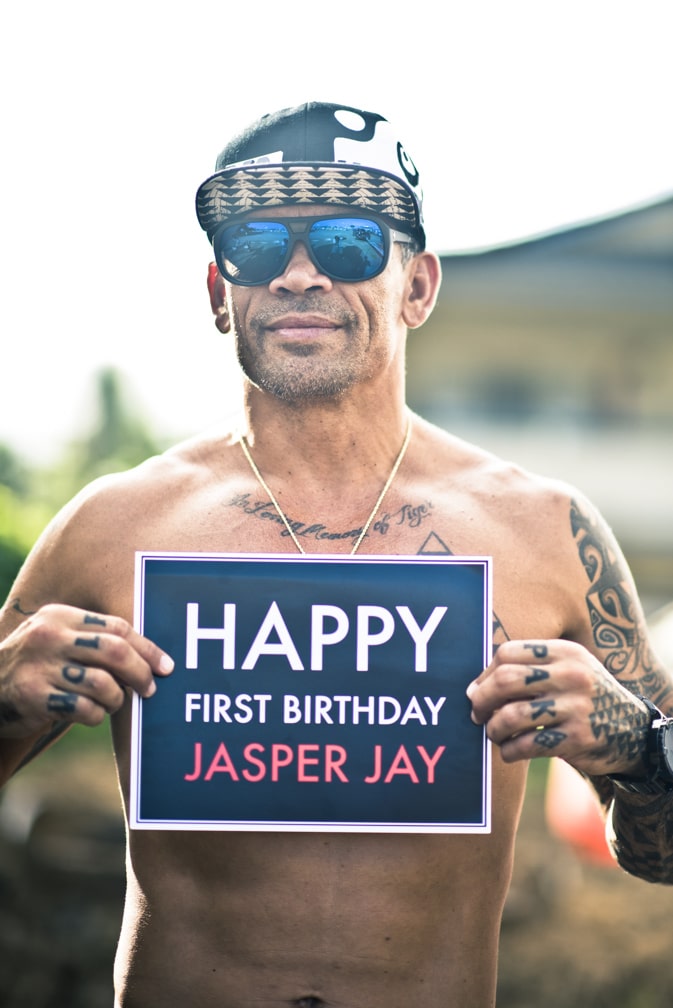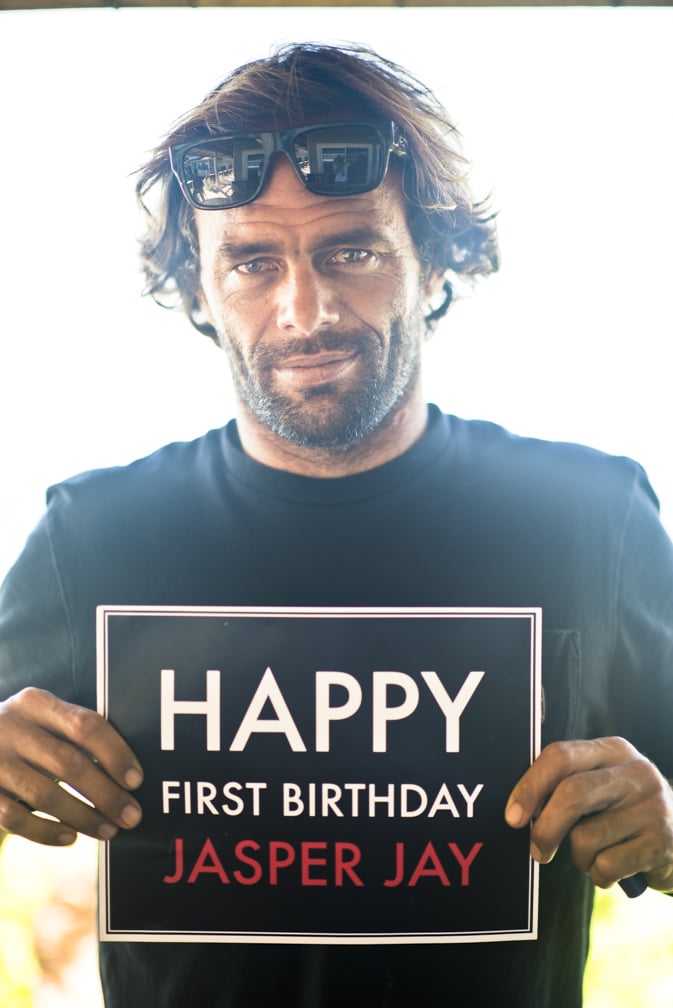An obituary of sorts.
In June of 2015 I went on a study abroad trip to Bali where Matt George introduced me to creative surf journalism. In December of 2015 I started interning for Surfing Magazine as a writer and web editor. Over time the internship developed into a part-time job and by July of 2016, nary three weeks after graduating from college, I became a salaried employee.
It couldn’t have worked out any better.
Surfing Magazine’s tone was youthful, tongue-in-cheek, and overtly positive. So much so that whenever I proposed an idea that hinted at negativity (i.e. stating that American pro surfing is extremely weak at the moment, mentioning the possibility of terroristic attacks at the US Open, dubiously approaching surfing’s inclusion to the Olympics), I was kindly shut down or steered in a more merry direction. I think that was mostly a good thing.
I’m not sure if this had always been the case, but since I started there the ethos of the Surfing brand centered around progression. I was always encouraged to seek out undiscovered talent or test revolutionary products and accessories. Our biennial Peer Poll was unique in that it allowed for kids to pick the best kids around the world. This stands in stark contrast to more antiquated forms of production, like Surfer’s Hot 100, where teens are ranked presumably by company ad dollars and Todd Whodatovich.
In that way, Surfing was great. In other ways, Surfing was a little bit… questionable.
I should preface this criticism by mentioning that I joined the team in a very precarious moment, wherein producing a fluid stream of income took precedence over all else. It seemed to me that we sacrificed certain production quality and moral standards in order to grow our numbers and become, in the eyes of The Enthusiast Network, not a liability. This led to atrocious practices like a wetsuit “Field Test” with only positive reviews (can’t upset the brands that buy into your projects!) and social media schemes that were intended to drive traffic through any means necessary (like following people so they’d follow us back, and then subsequently unfollowing them).
This isn’t what anybody wanted, but it’s what had to be done to preserve the brand and, most importantly, all of our jobs. Guys like Peter Taras (photographer, professional road-tripper and social media mastermind) and Chato Aganza (graphic designer, great-hair-haver and big-picture guy) have been with TEN for almost two decades apiece! I’m sure they’ll be fine, but the way the surf industry is looking, it’s unlikely they’ll soon capture another position in the game. Imagine working your whole life in a particular field, learning everything there is to know about the subject, and then being told the skills and knowledge you’ve acquired are no longer of any practical value. This is the ongoing struggle of priests and surf magazine employees everywhere. I pray the latter find a way to survive, myself included.
So how will Surfing Magazine be remembered? I’m honestly not sure. But I’d like to thank everyone there for the opportunity to share my voice and try my hand at this surf journalism gig.
I’d also like to thank them for laying me off in December, so I could watch today’s shipwreck from the relative safety of my little Beachgrit dinghy. Onwards and upward!
Here’s one for the nostalgic types.







